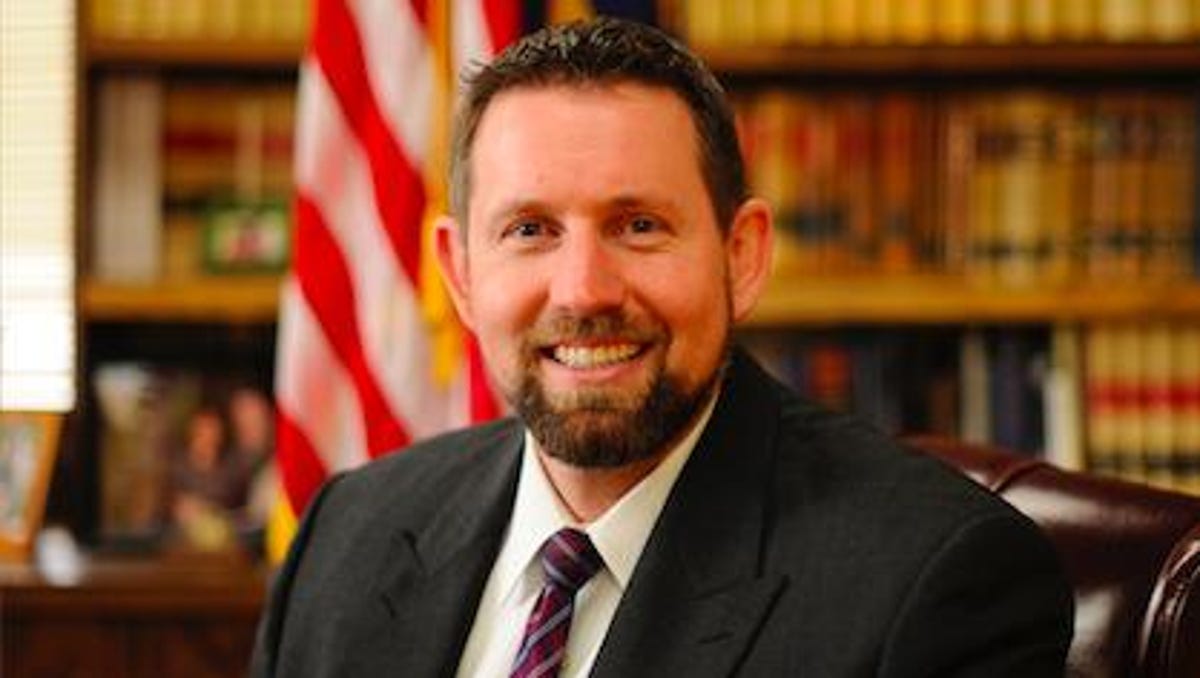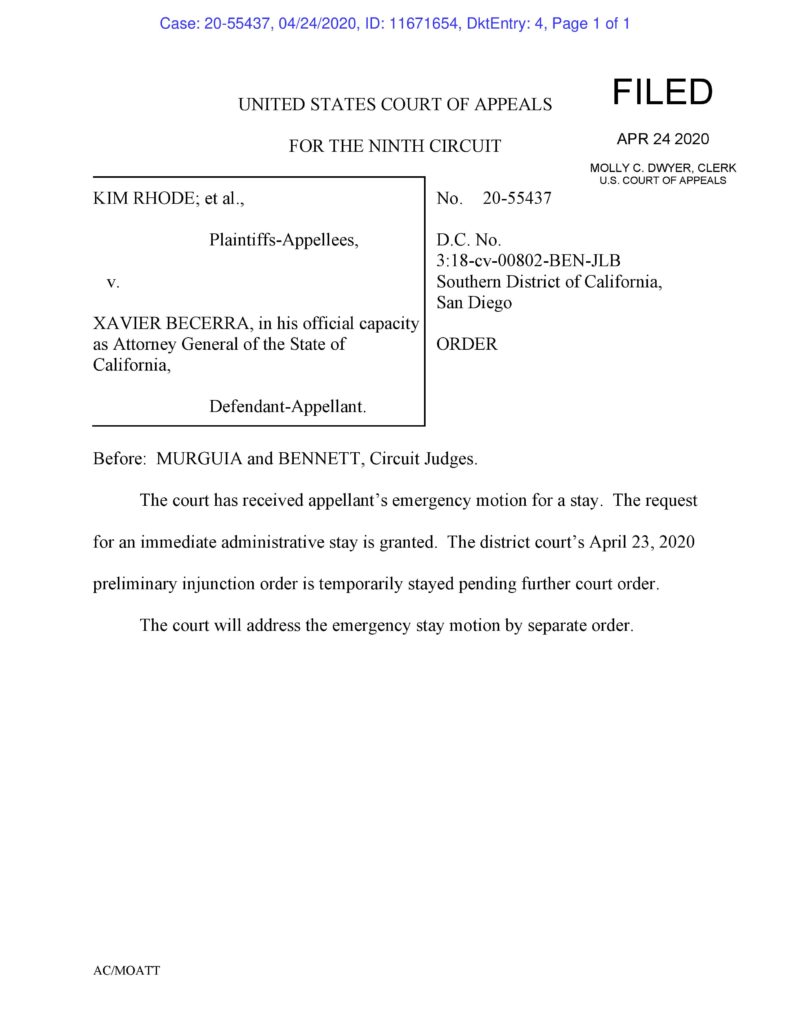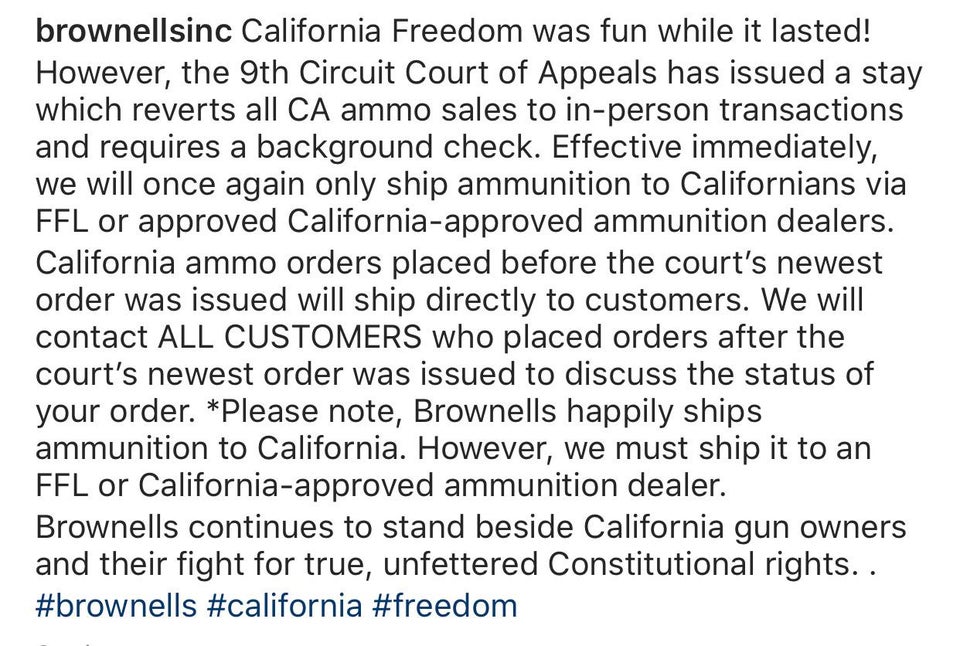Judge Lawrence VanDyke wrote the court’s opinion in McDougall v. Ventura County (California). It was a recent 9th Circuit Court of Appeals decision that found Ventura County’s public health order closing of gun shops, ammo stores, and shooting ranges for 48 days violated the Second Amendment.
Judge VanDyke was appointed to the 9th Circuit by President Donald Trump. He had previously served as the Solicitor General for both the states of Montana and Nevada as well as Assistant Solicitor General for Texas. VanDyke earned undergraduate and graduate degrees in engineering before attending Harvard Law School.

Judge VanDyke did something quite unusual. He actually wrote a concurring opinion to the court’s opinion that he himself had written.
Why, you ask, would a judge write a concurring opinion to his own opinion? VanDyke, knowing that virtually all Second Amendment wins in the 9th Circuit get overturned en banc by the court, wanted to point out the absurdity of those opinions by giving the court a draft en banc opinion.
Given both of these realities—that (1) no firearm-related ban or regulation ever ultimately fails our circuit’s Second Amendment review, and (2) that review is effectively standardless and imposes no burden on the government—it occurred to me that I might demonstrate the latter while assisting my hard-working colleagues with the former. Those who know our court well know that all of our judges
are very busy and that it’s a lot of work for any judge to call a panel decision en banc. A judge or group of judges must first write a call memo, and then, if the en banc call is successful, the en banc majority must write a new opinion. Since our court’s Second Amendment intermediate scrutiny standard can reach any result one desires, I figure there is no reason why I shouldn’t write an alternative draft opinion that
will apply our test in a way more to the liking of the majority of our court. That way I can demonstrate just how easy it is to reach any desired conclusion under our current framework, and the majority of our court can get a jumpstart on calling this case en banc. Sort of a win-win for everyone.
The real beauty of VanDyke’s concurrence lies within the footnotes where he gives his snarkiness free rein.
You have gems like this:
We refer to strict scrutiny as a theoretical matter—a thought-experiment, really. Our court has never ultimately applied strict scrutiny to any real-life gun regulation.
And this:
Here’s the deal: Whenever we think the history helps us in upholding the challenged regulation, we’re happy to rely on it in step one of our test. See, e.g., Young, 992 F.3d at 784–826. But most of the time the
history either doesn’t help us uphold the gun regulation, is indeterminate, or is just really hard to evaluate. So usually we just skip over step one of our “two-step” test by assuming the challenged regulation burdens Second Amendment-protected conduct. But that’s okay, because the real beauty of our two-step test is its amazing flexibility at the various stages of step two in balancing the government’s asserted interest versus the claimed impact on the “core” of the Second Amendment.
And another one:
The first prong is always met in Second Amendment cases. Guns are dangerous, after all, so the government’s interest in ameliorating such danger is always important. At first we were worried this case
might be a problem, because the regulations here don’t really have any nexus to the dangerousness of guns. But COVID-19 is dangerous too, so that substitutes in nicely.
And his concluding footnote:
Again, it doesn’t matter much what we say here. Once we’re allowed to effectively balance competing interests under our Second Amendment intermediate scrutiny, it’s so easy justifying a regulation that we could easily just delegate this part of the opinion to our interns.
VanDyke ends his concurrence by saying” You’re welcome.” I’m sure this won’t endear him to some of his fellow judges on the 9th Circuit but I don’t think he gives a damn. From what I can tell, VanDyke’s dissents have really irritated the liberals on the court for which I say, “Good!”.


